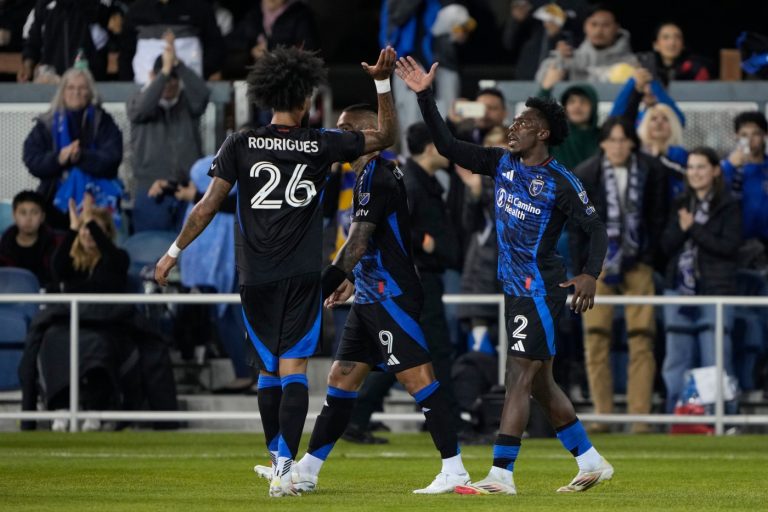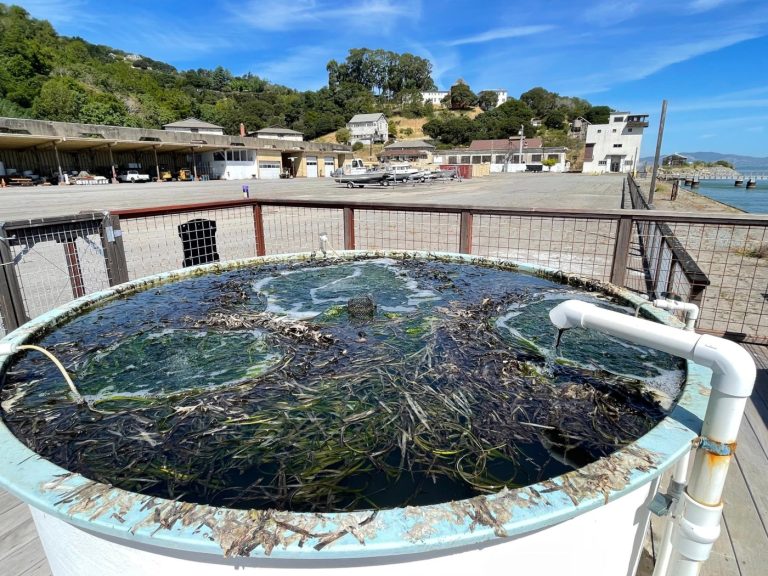Sitting behind the Maples Pavilion scorer’s table in early January, Tara VanDerveer was wired after a midseason practice. This is what keeps her going, she said: being able to coach players like Cameron Brink and Kiki Iriafen every day. Helping them grow as players and people, to reach places they couldn’t reach alone.
She didn’t at all seem like someone ready to walk away in three months.
VanDerveer never let herself become jaded. Coaching was never a “j-o-b job” for her. She still has fun every time in a basketball gym. But nothing in life is permanent, even when you’re the winningest coach in college basketball history.
“At some point, it will be time for someone else,” VanDerveer said. “And I’ll know when that is. When that happens, I’ll just say, ‘Hey, I want to do other things.’ I have a lot of interests. So it’s not like I’ll be totally bored or anything.”
There was a tone of content in the 70-year-old’s voice. She knew that she has left Stanford, and women’s basketball, better than she found it. When VanDerveer was growing up, there was no girls’ team for her to play on. Now, more people watched the women’s NCAA Championship game than the NBA Finals. Girls stop Stanford players in the airport to ask for autographs.
Coyly, VanDerveer said that time would come some time in the next 20 years. She had another 10 years in her — “who knows?”
Now, VanDerveer is joining Krzyzewski, Jim Boeheim, Nick Saban and Roy Williams as legendary coaches to recently retire.
The time for someone else came more suddenly. On Tuesday night, she announced her retirement after 45 years coaching, joining Mike Krzyzewski, Nick Saban, Jim Boeheim and Roy Williams as legendary college coaches to recently walk away. It came at a time when Stanford is joining the Atlantic Coast Conference, forcing her program to ship out on regular cross-country flights (she insisted the conference realignment didn’t factor into her decision). It came after she passed Krzyzewski for the most college basketball victories ever.
VanDerveer’s retirement also came as she can have confidence that her program can sustain itself without her. Over 38 years, she built Stanford up from irrelevance into the sport’s biggest powerhouse on the west coast. She can hand the keys to Kate Paye, her close confidant for decades, to keep the program within the family.
“I learn things every day just by watching her, observing her, interacting with her, talking to her, bouncing ideas off her,” Paye said in January.
Paye walked onto Stanford’s team in 1992 and led them to their second national title as their point guard. A Woodside native, she’s known VanDerveer since she took over the program in 1985. That year, Paye attended VanDerveer’s youth basketball camp as an 11-year-old.
Since then, Paye watched and helped VanDerveer lead Stanford to championships 31 years apart, become an Olympic gold medal coach and mentor hundreds of women. Besides Paye’s late mother, VanDerveer is the most influential person in her life.
The winning won’t stop just because VanDerveer’s in an advisory position rather than sitting on the bench. The culture of sustained excellence she forged isn’t transient. The Cardinal have had 37 straight winning seasons — every year since her first at the helm.
That’s not just going to vanish. The winning machine in Palo Alto will keep humming. Because within Paye and so many others on the bench, remnants of VanDerveer’s DNA will remain all over the program.
While she water skis, reads and plays bridge with her 97-year-old mom, VanDerveer can take solace by knowing that the boat she built will float.
“The program is in great hands,” Iriafen said.
There are still dozens of bright basketball minds who played for VanDerveer, like Paye, who would jump at the opportunity to return to Palo Alto. Paye herself was on a beach in San Diego when VanDerveer called her in 2007 to offer her a job.
“Inside my head, I just wondered if I could make a difference,” Paye recalled. “Tara assured me, ‘Absolutely.’ I think Tara’s the first to say that she needs help. She says it all the time. ‘I need help. I need all of you.’”
Now Paye needs all of her former players, teammates and coaches. The foundation VanDerveer built should make it easy for her to tap into that network. As the program tries to catch up in the transfer portal and name, image and likeness era, the more bright minds, the better.
Related Articles
Photos: Stanford women’s basketball coach Tara VanDerveer’s greatest moments through the years
Legendary Stanford coach Tara VanDerveer explains why time is right to retire
Former Stanford players on SF Giants react to Tara VanDerveer’s retirement
Kurtenbach: Legendary Stanford coach Tara VanDerveer raised the game, leaves on top
Photos: Tara VanDerveer celebrates with past and present players
Because of VanDerveer, there’s no shortage of them.
There’s also an abundance of young hoopers in the Bay Area who have known VanDerveer through her grassroots basketball camp since they were kids — just like Paye once upon a time. They’ve grown up dreaming about swearing Cardinal red.
“Stanford women’s basketball in the Bay Area is a tradition,” Paye said. “It’s something, I think, that’s extremely powerful and it’s a lifelong legacy Tara has created.”
That legacy, former star Jennifer Azzi said, lives on through everyone VanDerveer has coached. There will be extensions of her leading the team for years to come. Things around Maples Pavilion will be different without VanDerveer, but the program’s identity won’t change much.
One of VanDerveer’s favorite sayings was “some days you’re the dog, some days you’re the hydrant.” Stanford hasn’t been the hydrant since VanDerveer took over almost five decades ago, and they’re not going to be the hydrant any time soon.












